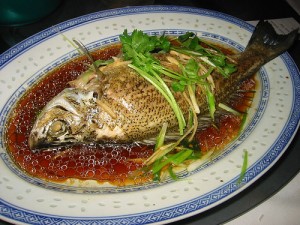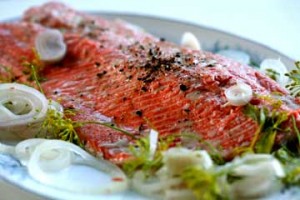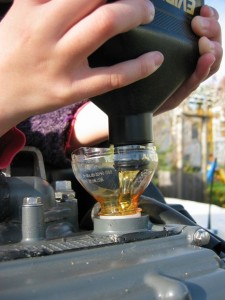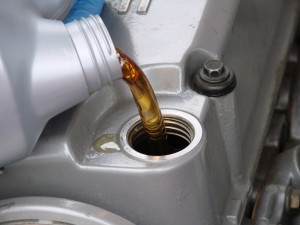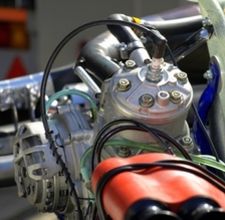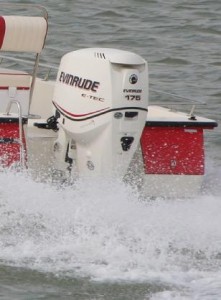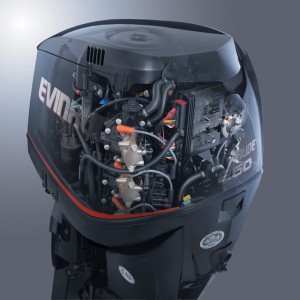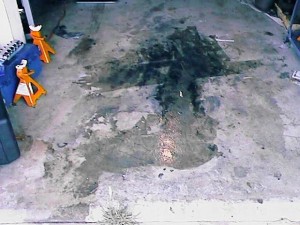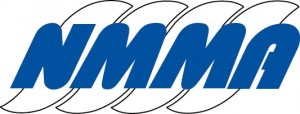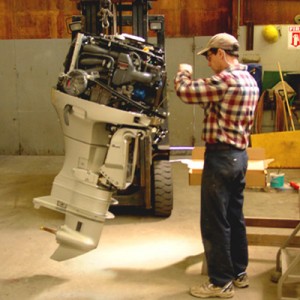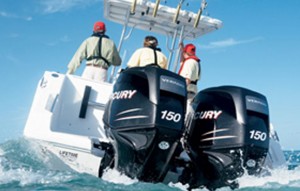Cod with Escarole and Lemon
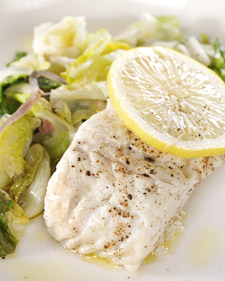 Simply thinking about cod makes my mouth begin to water. This tried and true recipe is sure to delight even the pickiest of eaters. All you need are 2 lemons, 1 tablespoon olive oil, 1 medium red onion thinly sliced, 2 thinly sliced garlic cloves, 2 pounds of coarsely chopped escarole, salt and pepper, and, of course, 4 boneless skinless cod fillets. Begin by slicing one lemon into 8 thin slices, and squeeze out the juice from the leftover lemon into a bowl and set aside. Next, add the olive oil into a heavy-duty pot and heat over medium-high. Add the onions and garlic and brown both (approximately 6 minutes).
Simply thinking about cod makes my mouth begin to water. This tried and true recipe is sure to delight even the pickiest of eaters. All you need are 2 lemons, 1 tablespoon olive oil, 1 medium red onion thinly sliced, 2 thinly sliced garlic cloves, 2 pounds of coarsely chopped escarole, salt and pepper, and, of course, 4 boneless skinless cod fillets. Begin by slicing one lemon into 8 thin slices, and squeeze out the juice from the leftover lemon into a bowl and set aside. Next, add the olive oil into a heavy-duty pot and heat over medium-high. Add the onions and garlic and brown both (approximately 6 minutes).
Add in the escarole and ½ cup water to the pot. Place cod on top of the liquid and season with salt and pepper, then add two lemon slices to each fillet. Cover and cook the cod for 12 to 14 minutes. Remove the fish and serve with escarole covered in the leftover lemon juice. The cod should flake perfectly and look quite beautiful with the lemon slices as garnish. You’ll be glad you stocked up on the bulk outboard motor oil that allowed your cod fishing trip in the first place.


